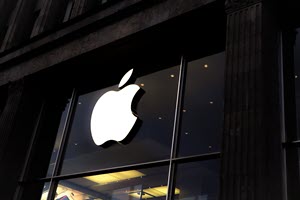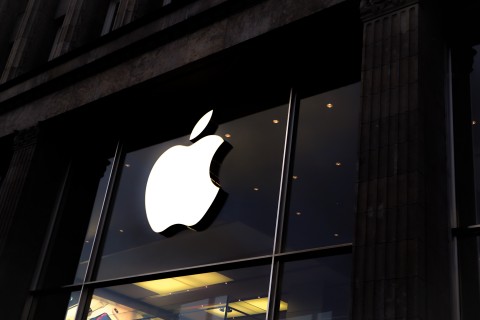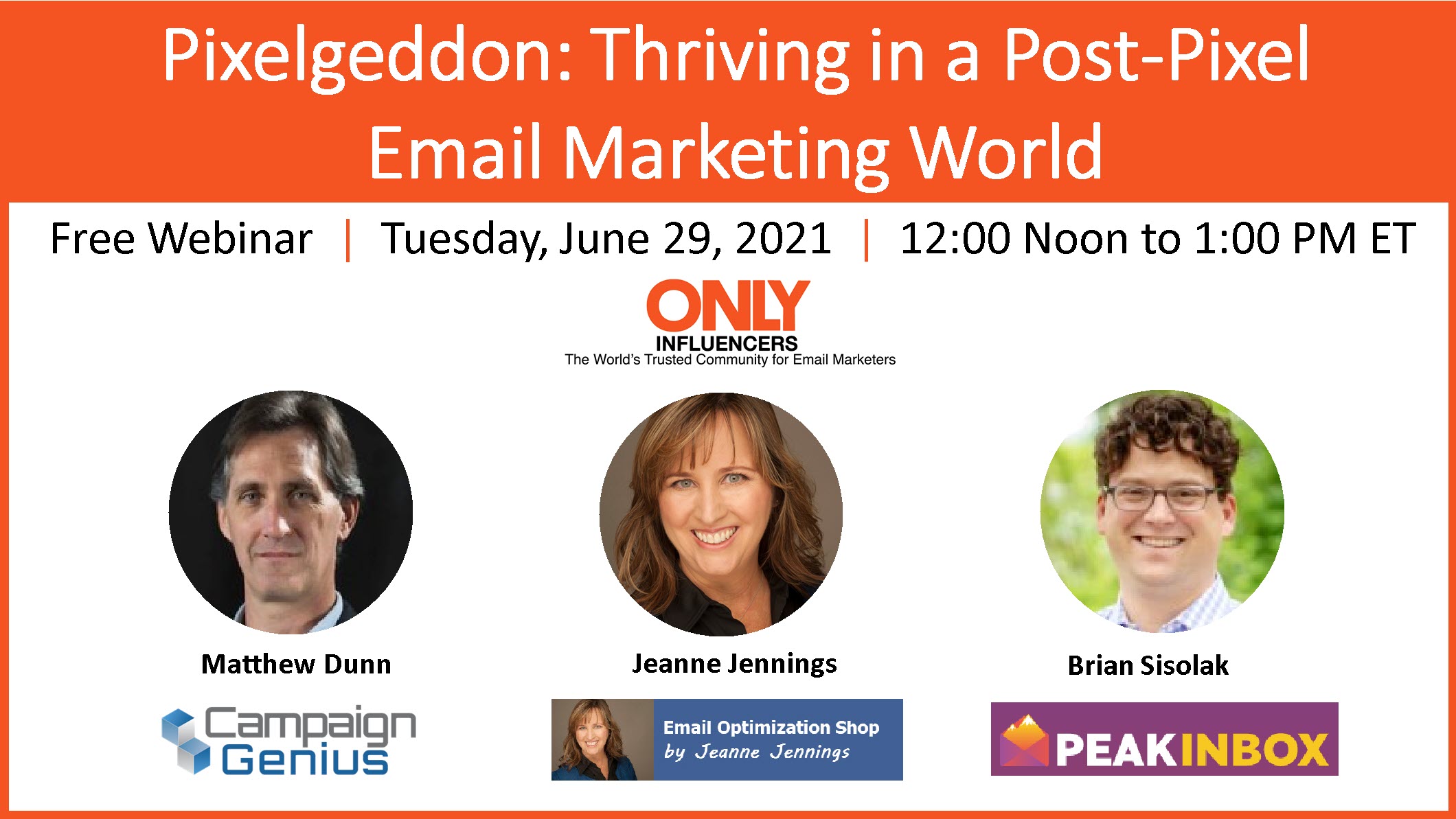This Is Tomorrow: Pixelgeddon
Apple’s ‘Pixelgeddon’ announcement at their 2021 WWDC event (plus the rumored possibility that other companies in a similar position in the digital world could follow) is one of those before-and-after moments. How people and companies are handling it now — that’s one thing. How they will actually adapt their practices and businesses is another. I think it’s fair to say that realizing just how many practices, and how many businesses, were inherently dependent on pixel data has been a wake-up call.
Viewed in the broader context, flipping tracking pixels off is just part of the large-scale movement of the 'techtonic' plates. Are things, as a whole, shifting to “more privacy.” Yes. Are a relatively small number of companies in a position to ride this shift, and others, to their benefit? Probably. Is email “a player” in the various places that put definition to these changes — legislation, technology standards, public awareness, and so on — not really, honestly.
Call it pessimistic, but I’m hard put to think why anyone outside the circle of email marketing will rise up and demand that things not go this way. Email recipients won’t notice any difference in their content; the vast majority of marketing emails never utilized any real-time content except pixels and a tiny % of countdown timers. Email, message-by-message, will look the same.
OK, we’re awake. What to do?
I think the most effective framework for decisions is to treat ‘pixelgeddon’ as a done deal. Assume that network requests — pixels, images, CSS sheets, video files, and the handful of other resources — that were (past tense) fetched from the individual email client will now be proxied, aggressively cached, IP masked and never re-fetched. Assume that the companies doing this will ignore the instructions of HTTP responses about caching and expiration. Assume that UserAgent is going to be meaningless in relation to the individual recipient.
Countdown timers — toast. Scheduled content updates — toast. Geotargeting — toast. Live package-tracking — toast. Deliverability measures — not my field, but smells a bit toasty.
And open rates — toast.
So is this new tomorrow worse, or better?
I truly don’t mean to ignore the impact this will have on some companies, jobs and sectors — including ours — but I don’t think Pixelgeddon is Armageddon for email. I think there’s a decent chance that email’s value prop will get better, not worse, especially in the broad context of privacy changes across the digital world. Here are a few of my guesses, bulleted out for discussion.
- Consumers Don’t Care About Pixels. Nobody ever opted in and said “just send me a pixel.” They opted in for your company/product/services, and they stayed opted in because of the meaningful email content (or laziness).
- Pixel measures were always shallow & suspect. As Ryan Phelan said last week — open rates were always/only directional, not absolute. Maybe Apple just removed the excuses.
- Opens aren’t the only feedback loop, and they were never the best business measure. I owe Jeanne Jennings a shout-out for convincing me that RPE (Revenue per Email) is a far better metric for businesses to use for their email program.
- If you’re strategically focused, this is just a tactical blip. This is the long-term-relationship version of ‘consumers don’t care about pixels.’ Engage me, amuse me, delight me now & then, don’t be a pain, add more value than the cost of my attention and I’ll keep reading your stuff and (probably) buying your services.
- True “first-party” just got the limelight. If you run an email program and you’re not getting the signals back from the web/ecomm team...seems to me you just got a really big club to take into those conversations.
A great deal of marketing content is “attention parasitic”; marketers pay for their content to go along for the ride and show up on the periphery of someone’s actual interest. The content-of-interest is frequently someone else’s content, and someone else’s business. Yes, at times the content-of-interest has been little more than bait (network TV, I’m looking at you), but at least it looked edible.
As a direct “push” channel, email can’t be attention parasitic for long. An email marketer is responsible for the content as a whole — the content-of-interest and the content-that-prompts-action.
Because email marketers have control of their audience, in other words, their primary ability to provide content isn’t affected by the broad shift to more privacy. We may be losing one of the secondary measures — the fastest, most immediate feedback loop that was available, aka pixels. But not the primary permission and address, and ability to deliver content at incredibly low cost.
That’s not true of other marketing channels. Brands that could parasitically target content or ads at “people who buy X” or “people that like Y” are losing their telescope. The pressure will be on for them to earn relationships instead of buying interruptions.
There’s a great deal more to sort out here; as I said, it’s been a wake-up call to realize how much of the email ecosystem was built on pixels. The exact details of implementation will matter a bit, but the large-scale shift looks inevitable. Problem? Opportunity? Up to us.
Curious to hear more?
Register today for this free webinar hosted by Only Influencers.
Pixelgeddon: Thriving in a Post-Pixel Email Marketing World
Tuesday, June 29, 2021 | 12:00 Noon to 1:00 PM ET
Register Today: https://risingmedia.swoogo.com/OI210629
 Cover Photo by Laurenz Heymann on Unsplash
Cover Photo by Laurenz Heymann on Unsplash

 How to resolve AdBlock issue?
How to resolve AdBlock issue? 

 Matthew Dunn is a serial entrepreneur and founder of Campaign-Genius, the live-content automation platform for email.
Matthew Dunn is a serial entrepreneur and founder of Campaign-Genius, the live-content automation platform for email.